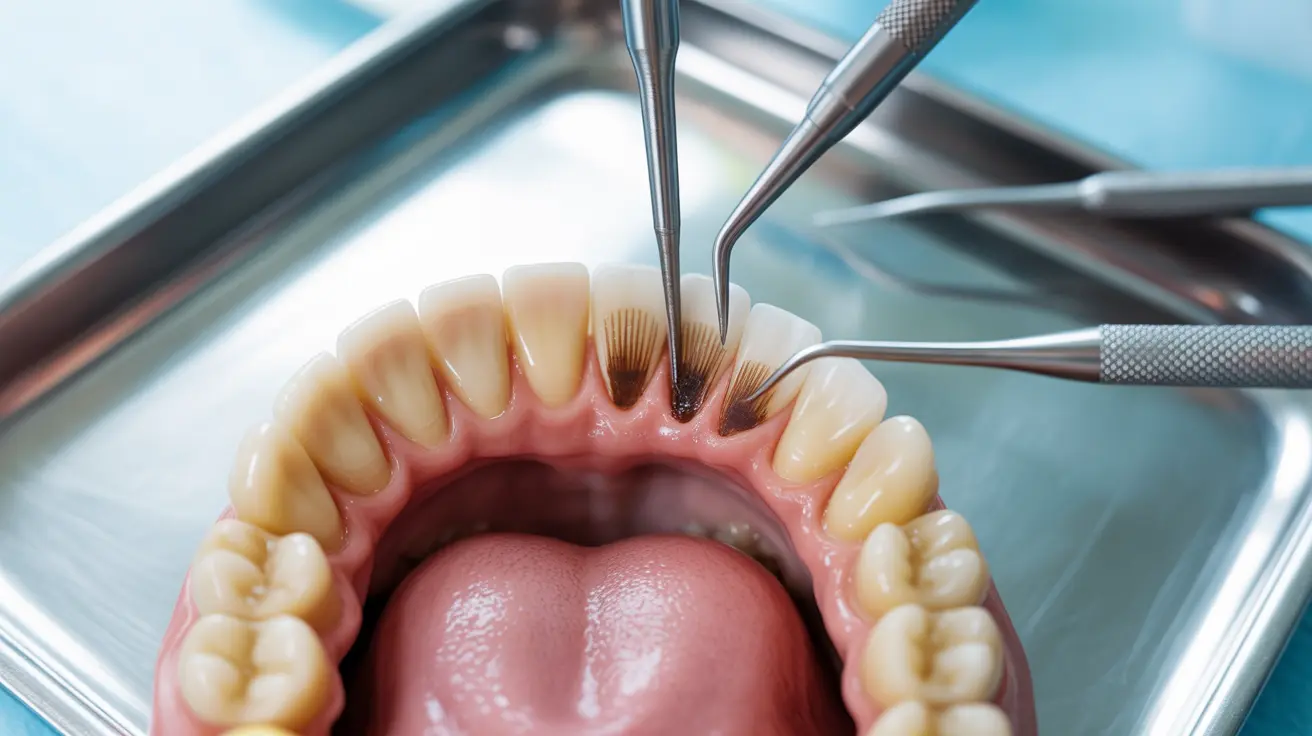Deep teeth cleaning, also known as scaling and root planing, is a specialized dental procedure that goes beyond regular cleaning to treat gum disease and maintain optimal oral health. This comprehensive procedure becomes necessary when regular cleanings aren't sufficient to address advanced plaque buildup or early stages of periodontal disease.
If you're experiencing persistent gum problems or your dentist has recommended a deep cleaning, understanding what the procedure entails can help ease any concerns and highlight its importance for your dental health.
Understanding Deep Cleaning and Its Purpose
Deep cleaning teeth involves two main processes: scaling, which removes plaque and tartar above and below the gum line, and root planing, which smooths the tooth roots to remove infected tissue and biofilm. This thorough procedure helps combat gum disease and prevents its progression to more serious stages.
Signs You May Need a Deep Cleaning
Several indicators might suggest the need for a deep cleaning procedure:
- Bleeding or swollen gums
- Persistent bad breath
- Receding gums
- Deep pockets between teeth and gums
- Visible tartar buildup
- Loose teeth
- Pain while chewing
The Deep Cleaning Procedure Process
Before the Procedure
Your dentist will first conduct a comprehensive examination, including measuring the depth of your gum pockets. Pockets deeper than 4 millimeters typically indicate the need for deep cleaning.
During the Procedure
The process typically involves:
- Local anesthesia administration for comfort
- Careful scaling of all surfaces above and below the gum line
- Root planing to smooth rough spots on tooth roots
- Irrigation of pockets to remove debris and bacteria
The procedure usually requires two or more visits, with each session focusing on different quadrants of your mouth.
Benefits of Deep Teeth Cleaning
Deep cleaning offers several significant advantages:
- Prevents progression of gum disease
- Reduces inflammation and bleeding
- Eliminates bad breath caused by bacteria
- Protects tooth roots from decay
- Helps preserve bone structure
- Can prevent tooth loss in advanced cases
Managing Side Effects and Recovery
After a deep cleaning, you may experience:
- Temporary sensitivity to hot and cold
- Mild gum soreness
- Slight gum recession
- Minor bleeding during brushing
These effects typically subside within a few days to weeks. Your dentist may recommend specific aftercare instructions and products to manage any discomfort.
Preventive Care and Maintenance
To minimize the need for future deep cleanings:
- Brush twice daily with fluoride toothpaste
- Floss daily to remove plaque between teeth
- Use an antiseptic mouthwash
- Schedule regular dental checkups
- Quit smoking if applicable
- Maintain a healthy diet low in sugary foods
Frequently Asked Questions
What signs indicate I might need a deep cleaning for my teeth?
Signs include bleeding or swollen gums, persistent bad breath, receding gums, deep pockets between teeth and gums (over 4mm), visible tartar buildup, and loose teeth.
How is dental deep cleaning (scaling and root planing) performed and does it hurt?
The procedure is performed under local anesthesia to minimize discomfort. It involves scaling to remove tartar and plaque, followed by root planing to smooth tooth roots. While you shouldn't feel pain during the procedure, some soreness is normal afterward.
What are the main benefits of deep cleaning teeth for gum disease?
Deep cleaning helps prevent gum disease progression, reduces inflammation and bleeding, eliminates bacterial infection, protects tooth roots, preserves bone structure, and can prevent tooth loss in advanced cases.
What side effects or risks should I expect after a deep cleaning procedure?
Common side effects include temporary tooth sensitivity, mild gum soreness, slight gum recession, and minor bleeding during brushing. These typically resolve within a few days to weeks.
How can I prevent the need for deep cleaning by maintaining good oral hygiene?
Maintain good oral hygiene by brushing twice daily, flossing daily, using antiseptic mouthwash, attending regular dental checkups, avoiding tobacco, and maintaining a healthy diet low in sugary foods.




